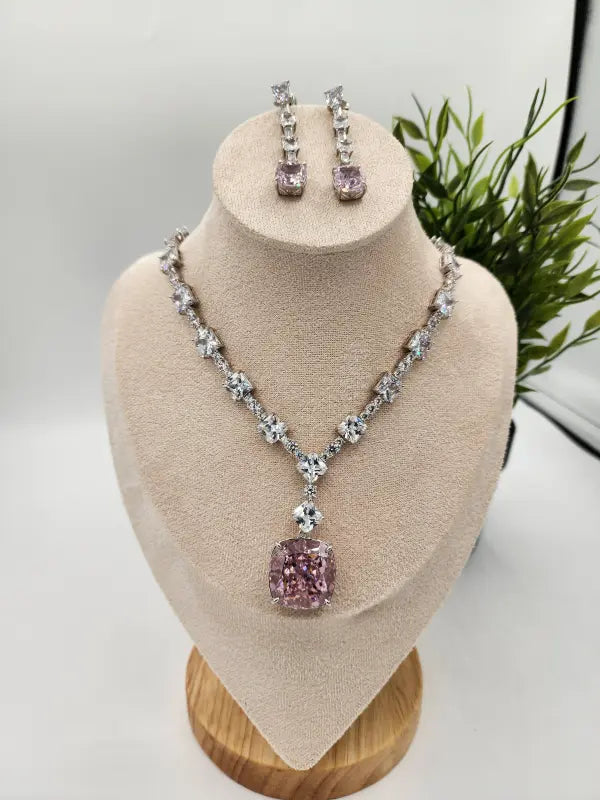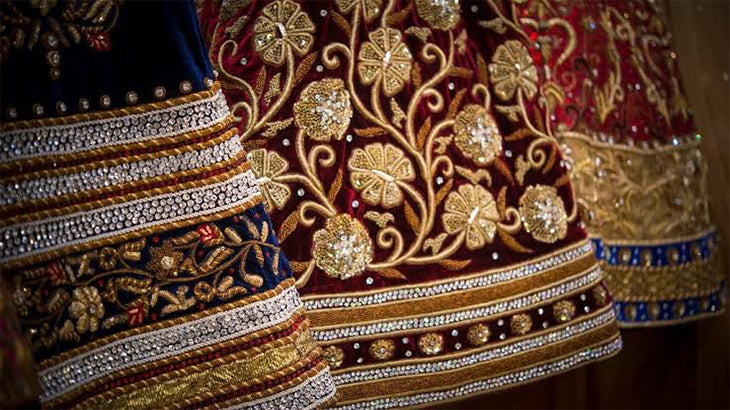Kalamkari, a traditional Indian art form, has a rich history that dates back to several centuries. Originating from the southern regions of India, particularly in the states of Andhra Pradesh and Telangana, this intricate art form continues to captivate art enthusiasts worldwide. Rooted in Indian mythology and culture, Kalamkari represents more than just an artistic expression; it embodies the essence of Indian tradition and craftsmanship. In this article, we delve into the world of Kalamkari, exploring its origins, techniques, motifs, and the contemporary challenges it faces.
The Origins of Kalamkari: A Historical Overview
Kalamkari, which translates to "pen craft," is a form of hand-painting or block-printing on fabric. This art form flourished in the ancient temples of India, where it was used to depict scenes from Hindu epics such as the Mahabharata, Ramayana, and Bhagavatam. The paintings served as elaborate backdrops in temples, telling the stories of deities and heroes through intricate designs and vibrant colors. Over time, Kalamkari evolved beyond temple art, finding its way into the homes of nobility and eventually into the modern art world.
The Name "Kalamkari": Significance and Meaning
The term "Kalamkari" is derived from two Persian words: "kalam," meaning pen, and "kari," meaning craft. This name aptly describes the technique used in this art form, where artists use a pen-like instrument to create detailed and delicate designs on fabric. The art of Kalamkari involves freehand drawing, which requires immense skill and precision, making each piece a unique masterpiece.
Styles of Kalamkari: Srikalahasti and Machilipatnam
Kalamkari art can be broadly categorized into two distinct styles: Srikalahasti and Machilipatnam.
- Srikalahasti Style: Originating from the Srikalahasti region of Andhra Pradesh, this style is known for its freehand drawing technique. Artists use a bamboo pen, known as a kalam, to create intricate designs directly onto the fabric. This style is highly detailed and often features elaborate depictions of mythological stories, flora, and fauna.
- Machilipatnam Style: This style, originating from the Machilipatnam region of Andhra Pradesh, involves block-printing techniques. Wooden blocks, intricately carved with designs, are used to stamp patterns onto the fabric. The Machilipatnam style is more geometric and repetitive in nature, often used for creating patterns on sarees and other textiles.
Symbolism in Kalamkari: Popular Motifs and Themes
Kalamkari art is rich in symbolism, with each motif carrying deep cultural and spiritual significance. One of the most iconic motifs in Kalamkari is the Tree of Life. This symbol represents the connection between the heavens, earth, and underworld, embodying the cycle of life and the interconnectedness of all living beings. The Tree of Life is often depicted with various animals such as tigers, deer, and peacocks, each symbolizing different aspects of nature and spirituality.
Other common motifs in Kalamkari include mythological figures, gods and goddesses, and scenes from epics. The use of floral patterns and geometric designs also adds to the visual richness of Kalamkari art, making it a versatile and timeless form of expression.
The Intricate Process of Creating Kalamkari Art
The creation of a Kalamkari painting is a labor-intensive process that involves a series of meticulous steps. There are 23 distinct stages in the production of a Kalamkari artwork, each requiring precision and patience.
- Preparation of Fabric: The process begins with preparing the cotton fabric by washing it to remove any starch and impurities. The fabric is then sun-dried and treated with a mordant made from natural materials like dried unripe fruit and milk. This step ensures that the fabric is ready to absorb the natural dyes.
- Drawing and Outlining: Once the fabric is prepared, the artist begins by sketching the central figures with a charcoal stick. The outlines are then traced using a finely pointed bamboo pen, or kalam, dipped in black kasimi liquid. The pen is wrapped in wool, which holds the ink, and the artist releases the ink by squeezing the wool while drawing.
- Color Application: After the black outlines have dried, the artist applies a mordant with alum to the areas that will be colored red. Natural vegetable dyes, made from ingredients like indigo and turmeric, are then applied to the fabric. Each color is applied individually, with the fabric being rinsed and dried between each application to ensure the colors remain vibrant and do not bleed.
- Final Touches: The final step involves adding details and enhancing the overall composition. The fabric is once again rinsed, sun-dried, and sometimes boiled to fix the colors permanently. The entire process can take up to a month for medium-sized works, but the result is a stunning piece of art that is both visually captivating and culturally significant.
The Decline and Preservation of Kalamkari Art
Despite its historical significance and intricate beauty, Kalamkari art faces the threat of decline. As a generational art form, the skills required to create Kalamkari have traditionally been passed down from one generation to the next. However, in recent years, the younger generation has shown less interest in pursuing this craft due to the availability of more lucrative and stable career options in fields like engineering and business.
Today, there are only a handful of skilled Kalamkari artists left, many of whom have been recognized with national awards for their contributions to preserving this art form. Organizations and art enthusiasts, like those at Laasya Art, are working to revive interest in Kalamkari by sourcing and promoting the works of these talented artists.
The Future of Kalamkari
The future of Kalamkari depends on the collective efforts of artists, patrons, and cultural institutions to preserve and promote this unique art form. By supporting Kalamkari artists and encouraging the younger generation to learn and practice this craft, we can ensure that the legacy of Kalamkari continues for generations to come.
FAQs
- What is Kalamkari?
Kalamkari is a traditional Indian art form that involves hand-painting or block-printing on fabric. It is known for its intricate designs and use of natural dyes, often depicting mythological scenes and motifs from nature.
- Where did Kalamkari originate? Kalamkari originated in the modern-day states of Andhra Pradesh and Telangana in India. It was initially used in temples to depict scenes from sacred texts like the Mahabharata and Ramayana.
- What are the main types of Kalamkari? There are two main styles of Kalamkari: Srikalahasti, which involves freehand drawing with a pen, and Machilipatnam, which uses block-printing techniques.
- What materials are used in Kalamkari? Kalamkari uses natural materials such as cotton fabric, vegetable dyes, and a bamboo pen called a kalam. The process also involves natural fixatives like alum and dried unripe fruit.
- Is Kalamkari still practiced today? Yes, but it is a declining art form with only a few skilled artisans remaining. Efforts are being made to revive interest in Kalamkari by promoting the works of these artists and integrating the art into modern designs.




